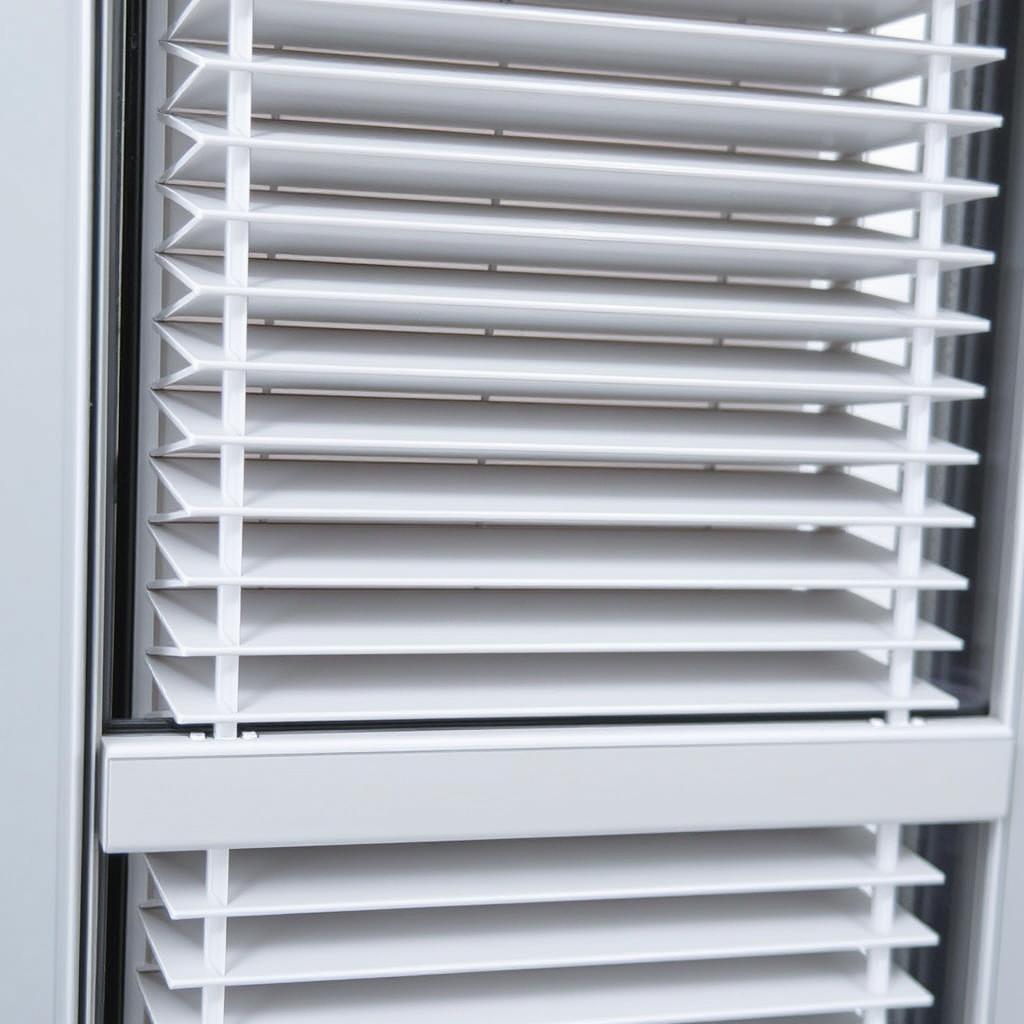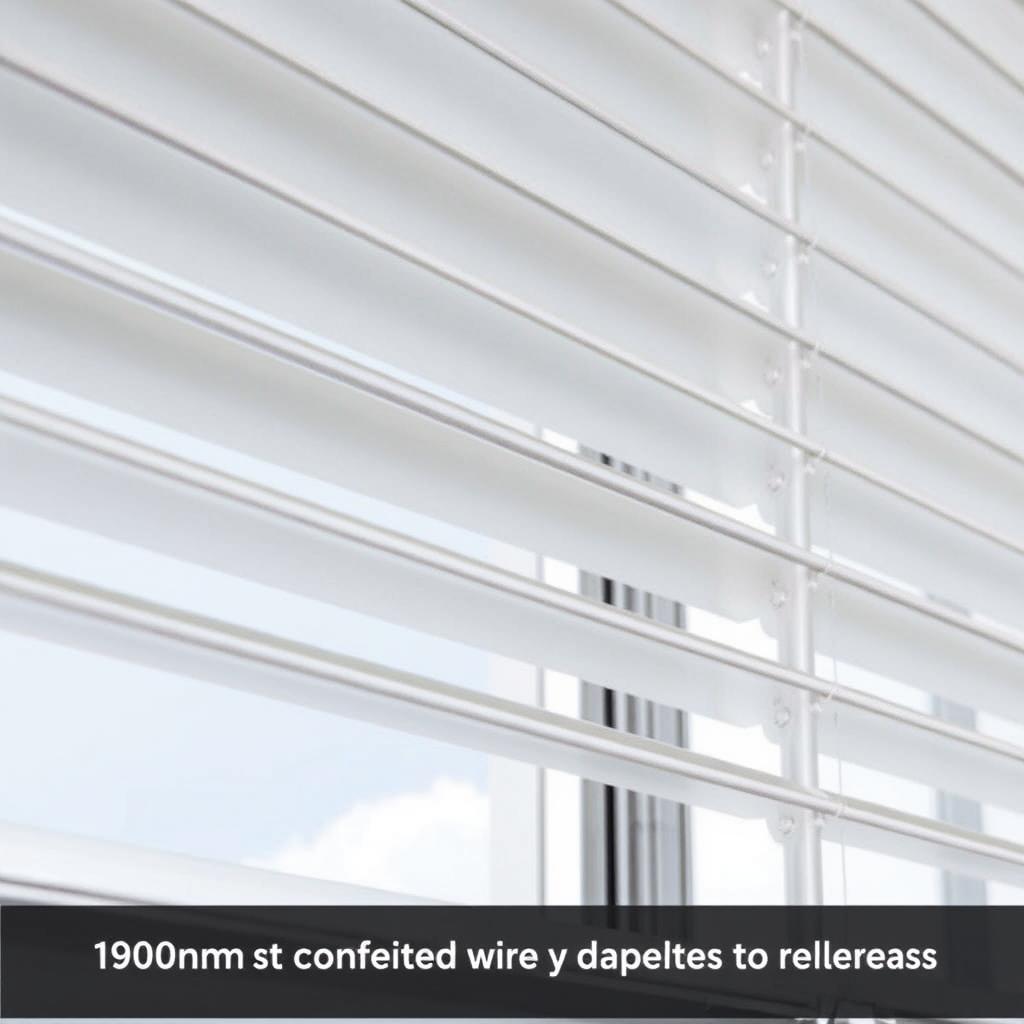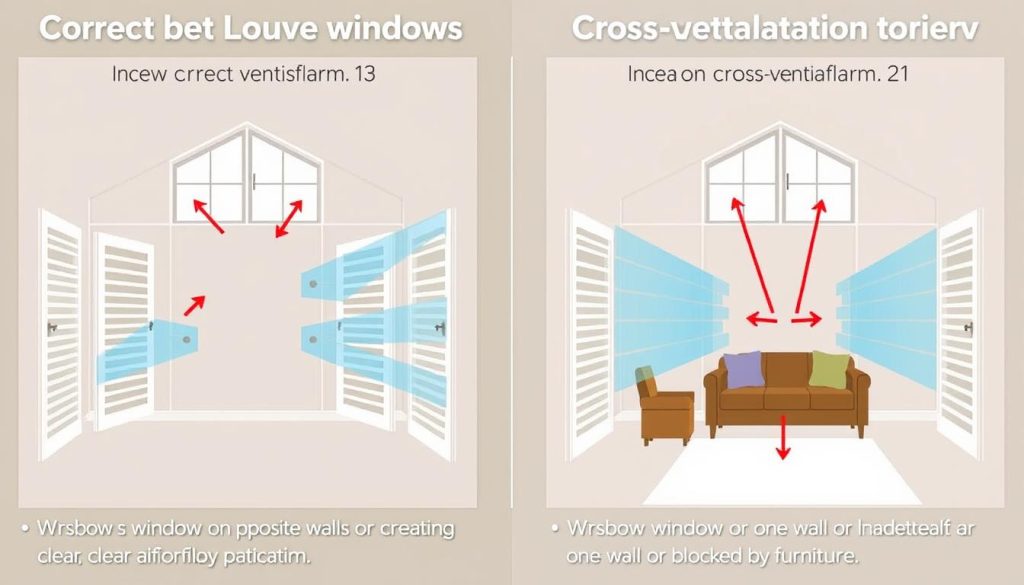Understanding Cross-Ventilation in Sydney’s Climate
Cross-ventilation is a natural cooling method that works by allowing fresh air to flow through your home from one side to another. In Sydney’s warm, sometimes humid climate, effective cross-ventilation can significantly reduce your reliance on air conditioning while improving indoor air quality.
How Cross-Ventilation Works
When wind hits your house, it creates positive pressure on the windward side (facing the wind) and negative pressure on the leeward side (opposite the wind). This pressure difference drives air through your home, from high pressure to low pressure areas. For Sydney homes, this means understanding the prevailing north-easterly summer sea breezes that can provide natural cooling.
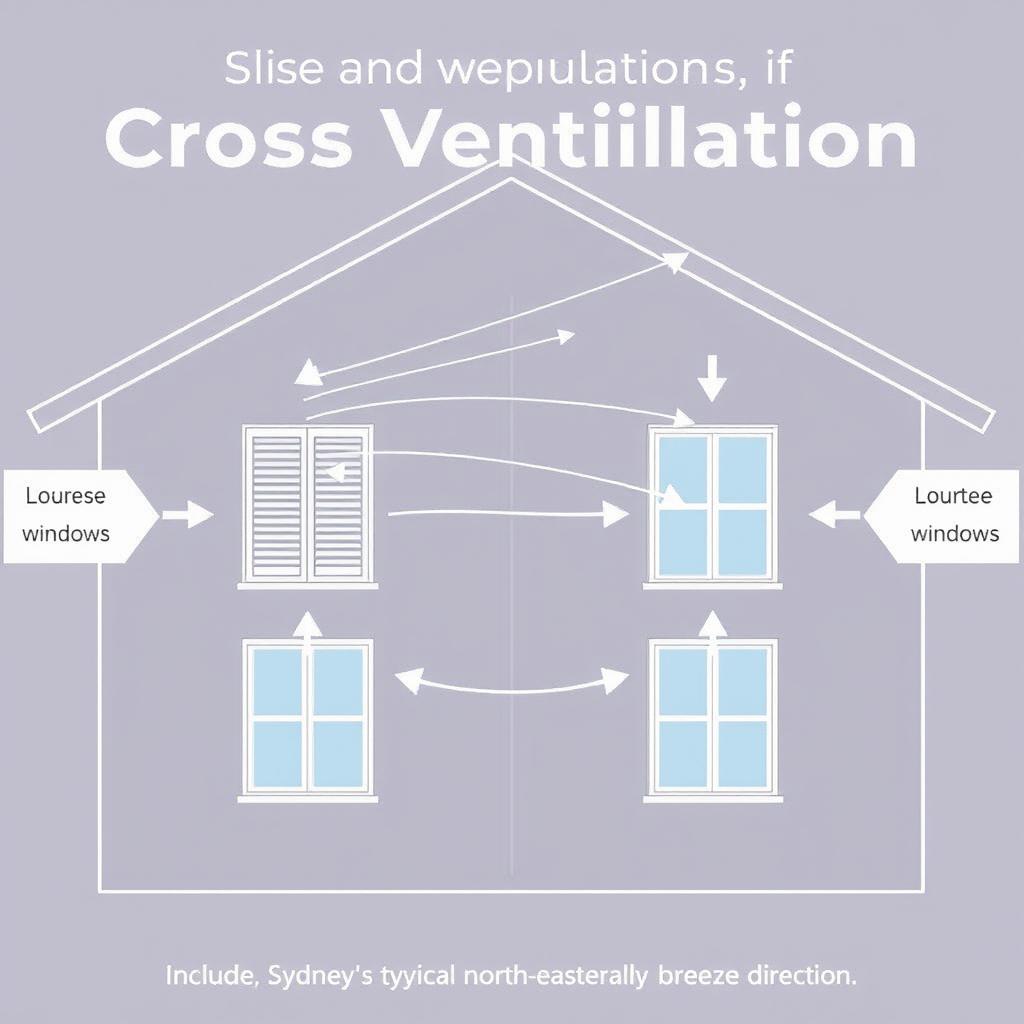
Sydney Climate Fact: Sydney experiences predominant north-easterly sea breezes during summer afternoons, which are ideal for cross-ventilation if your windows are properly positioned to capture them.
Louvre Window Basics for Effective Cross-Ventilation
Louvre windows are ideal for cross-ventilation because they can open up to 90% of their total area, compared to sliding windows which only open about 50%. This maximizes airflow while giving you precise control over ventilation levels by adjusting the angle of the blades.
Key Advantages for Sydney Homes
- Allow up to 90% airflow through their opening
- Provide directional control of breezes (up, down, or straight)
- Can remain partially open during light rain
- Offer security options while maintaining ventilation
- Comply with BASIX ventilation requirements for NSW
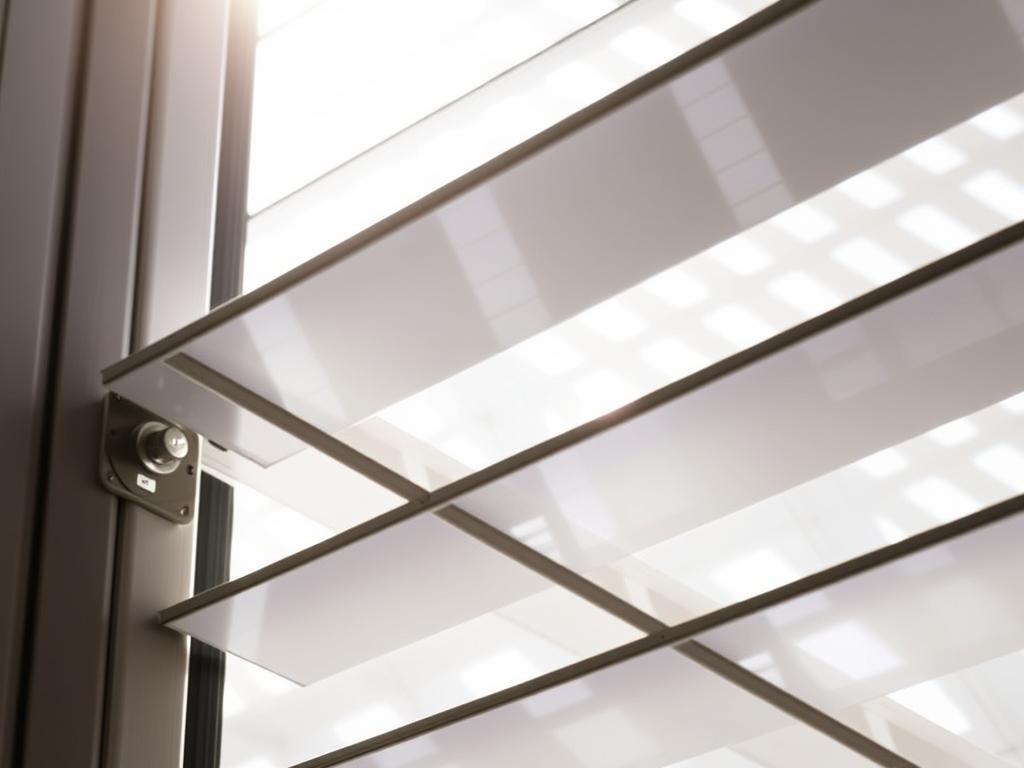
Sizing Guidelines for Maximum Airflow
The size of your louvre windows directly impacts ventilation efficiency. Based on my experience with Sydney homes, here are the key sizing principles to follow:
| Room Type | Recommended Window Size | Minimum Opening Area | Optimal Blade Size |
| Living Areas | 20-25% of floor area | 5% of floor area | 152mm or 102mm |
| Bedrooms | 15-20% of floor area | 5% of floor area | 152mm |
| Bathrooms | 10-15% of floor area | 3% of floor area | 102mm |
| Kitchens | 15-20% of floor area | 5% of floor area | 152mm |
Blade Size Selection
The width of louvre blades affects both airflow and privacy. For Sydney homes, I recommend:
102mm Blades
Best for bathrooms and areas requiring more privacy while maintaining ventilation.
152mm Blades
Standard size for most applications, balancing airflow with visibility and ease of cleaning.
190mm Blades
Maximum airflow for living areas where unobstructed views and ventilation are priorities.
Not sure which blade size is right for your home?
Our ventilation experts can help you select the optimal blade size based on your specific room dimensions and privacy requirements.
Optimal Placement for Sydney Homes
The strategic placement of louvre windows is crucial for maximizing cross-ventilation in Sydney’s climate. Here’s how to position them effectively:
Align with Prevailing Winds
In Sydney, summer sea breezes typically come from the north-east, while cooler winter winds come from the south-west. Position your main louvre windows to capture these prevailing breezes.
Create Clear Pathways
For effective cross-ventilation, air needs an unobstructed path through your home. Position louvre windows on opposite or adjacent walls with minimal obstacles between them. The ideal distance between inlet and outlet windows should be less than 12 meters for optimal airflow.
Vertical Positioning
Consider these height placement strategies:
- High-low placement: Install inlet windows lower on windward walls and outlet windows higher on leeward walls to utilize the stack effect (hot air rises).
- Clerestory windows: High-placed louvres can release hot air that accumulates near ceilings.
- Multi-level homes: Use stairwells as natural ventilation shafts with louvres at the top.
Room-Specific Placement Recommendations
| Room | Optimal Placement | Special Considerations |
| Living Room | North-east facing walls at seating height, south-west walls at higher positions | Position to direct breeze across seating areas |
| Bedroom | Windows on adjacent walls rather than directly opposite bed | Avoid direct drafts over bed; consider security for ground floor |
| Kitchen | Above countertops, opposite cooking areas | Position to exhaust cooking heat and odors |
| Bathroom | High on walls for privacy, preferably on two walls | Moisture-resistant hardware; privacy considerations |
Real-World Example: Sydney Coastal Home
Let’s look at a practical example of how we optimized cross-ventilation in a 3-bedroom Sydney coastal home:
Project Details:
- Location: Northern Beaches, Sydney
- Home orientation: North-east facing living areas
- Challenge: Overheating during summer afternoons
- Solution: Strategic louvre window placement
We installed 152mm blade louvre windows on the north-east facing walls to capture sea breezes, with complementary louvres on the south-west walls positioned slightly higher to create the stack effect. The result was a temperature reduction of 6°C during peak summer days compared to similar homes with standard windows.
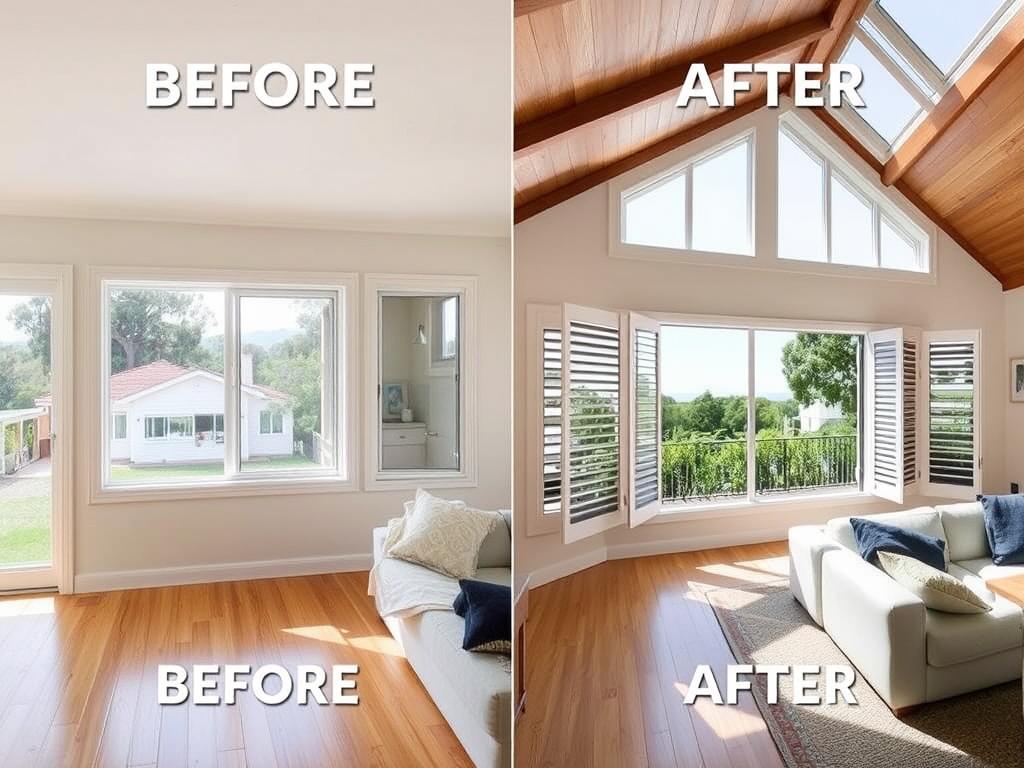
“The difference is remarkable. We haven’t needed to use our air conditioning even on 35°C days. The house stays naturally cool with just the louvre windows open in the right positions.”
Installation Considerations for Sydney Conditions
Weather Resistance
Sydney’s coastal areas experience salt spray and occasional heavy rains. Choose marine-grade aluminium frames with proper seals to prevent water ingress while maintaining ventilation capabilities.
Insect Protection
Integrated insect screens are essential for Sydney homes, allowing you to maintain ventilation without letting mosquitoes and other insects inside. Modern retractable screens can be installed without compromising airflow.
Security Features
Security is a valid concern with louvre windows. Look for these features:
- Lockable handles that secure all blades simultaneously
- Reinforced frames for ground-floor installations
- Security screens that maintain ventilation while adding protection
- Key-lockable options for windows in vulnerable positions
BASIX Compliance Note: Properly sized and placed louvre windows can help your Sydney home meet or exceed BASIX ventilation requirements. Ensure your window specifications are included in your BASIX assessment documentation.
Common Mistakes to Avoid
Best Practices
- Installing windows on multiple walls of each room
- Considering prevailing wind directions specific to your Sydney suburb
- Using appropriate blade sizes for each room’s function
- Creating clear pathways for air to flow through the home
- Including operable transom windows above doors for continuous airflow
Common Mistakes
- Placing windows only on one wall of a room
- Ignoring local wind patterns and orientation
- Using windows that are too small relative to room size
- Blocking airflow paths with furniture or partitions
- Forgetting to consider security needs in window design
Conclusion: Maximizing Your Sydney Home’s Ventilation
Properly sized and strategically placed louvre windows can transform your Sydney home’s comfort level while reducing energy costs. The key factors to remember are:
- Size windows appropriately for each room (15-25% of floor area)
- Position windows to capture Sydney’s prevailing north-easterly breezes
- Create clear pathways for air to flow through your home
- Consider both horizontal and vertical positioning for stack effect
- Select appropriate blade sizes based on room function and privacy needs
By following these guidelines, you can create an effective cross-ventilation system that works with Sydney’s unique climate to keep your home naturally cool and comfortable year-round.
Ready to improve your home’s ventilation?
Our Sydney-based experts can provide a personalized assessment of your home’s ventilation needs and recommend the optimal louvre window configuration for your specific layout and local microclimate.

